About the client
Daintel was a clinical workspace for Intensive Care Units,
founded in 2004 at the IT University in Copenhagen. The main
Daintel product was CIS (Clinical Information System), which
provided advanced statistics and facts to clinicians and
management.
The platform collected, stored, and disseminated data from
bedside medical devices and shared data across ICU (Intensive
Care Units), NICU (newborn intensive care unit), Surgery/
Anesthesia, and Recovery departments to ensure seamless health
information exchange (HIE) between patients and medical
specialists.
Daintel founders contacted IntelliSoft in 2007 to turn the product’s
MVP into a fully-fledged medical information system.
Daintel Business challenges
- Hire the dedicated development team to enhance the capacity of the Daintel R&D department
- Improve performance of the existing solution used in hospitals
Our solutions for Daintel
To address the client’s challenges, the IntelliSoft team did the following:
Connection pool optimization
The Daintel system was launched as a platform where medical specialists input data about the patient and diagnosis to estimate the patient’s health. However, because of the outdated hardware used in hospitals, the Daintel team wanted to optimize the system performance.
We optimized the connection pool using base connection storage developed on Firebird, an open-source SQL relational database management system, to omit this challenge.
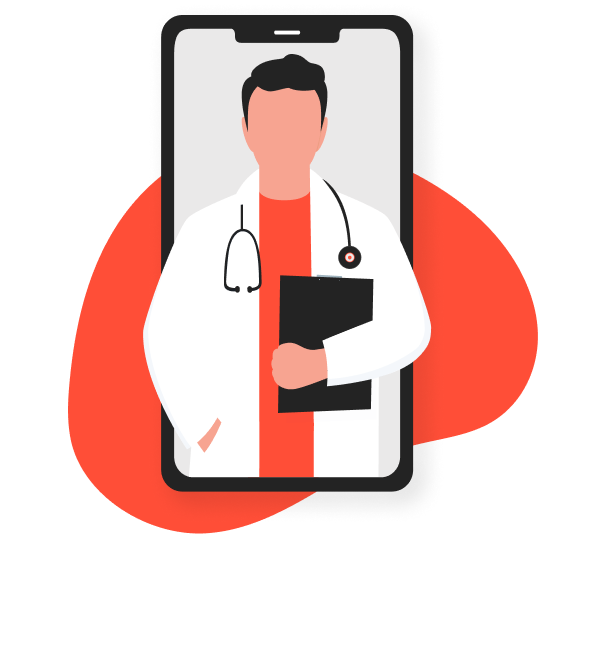
Intensive Care Unit Modules
The InelliSoft software developers built and integrated the following modules for the Intensive Care Unit:
- Prescription. Allows medical specialists to save prescribed medication plans to the hospital database.
- Administration. Enables medical specialists to monitor the patient’s health and effectiveness of the prescribed medication plan.
- The SNOMED CT. The statistics and evaluation engine generates statistics about the number of patients, the number of diagnoses, and recovered patients.
- IOM graphic. Shows a dashboard with detailed statistics about a patient, such as weight, blood pressure, and temperature. We integrated the form patients submitted to schedule a meeting with the medical specialists for this feature, so the graphic shows both old and new info about the patients’ state.
- CPOE module. Allows comparing the effectiveness of different medication protocols used in other countries and select the most effective treatment plans personally for each patient. The CPOE module has 200 protocols and more than 1,000 drug dosage suggestions in the system right from the start.
- EMM (Electronical Medication Management). Governs a hospital’s complete medication cycle, which involves prescribing drugs by doctors, revising and dispensing prescription orders by pharmacists, and being administered by nurses.
- Medical imaging upload. Enables medical specialists to upload case-related images such as burns, tumors, etc., and make notes about patient progress.
- Anesthesia. Allows medical specialists to add patient data such as allergic reactions, complications, height, and weight before the surgery and planning the operation.
- Surgery. This module captures the patient’s heart rate, blood pressure, cardiogram, and other metrics sent from medical devices or input manually by the medical specialist during the surgery.
- Recovery. This module tracks patient data to ensure a successful recovery.
- Ambulance. Supports the input of different data, such as body temperature, pressure, heart rate, blood pressure, etc., calculates the patient’s health condition (average, moderate, severe), and predicts patient mortality rate.
- Neonatal ICU. Gathers and monitors all vital health conditions in Iceland intensive care units for newborns.
- Content. Allows medical specialists to create separate patient profiles, suggest diagnoses, note the treatment plan, and suggest expected treatment outcomes.
- The Electronic Observation Chart. The system can directly read values from more than 300 types of Capsultech medical hardware receive access and send received data to the CIS.
Our results with Daintel

We started our cooperation with Daintel 14 years ago with 2 dedicated developers, and by 2018, Intellisoft managed to build a dedicated R&D center.
We helped the client find experienced dedicated developers in Ukraine and ensured streamlined communication with the Product Owner and Project Managers from the client’s side.
The Daintel Intensive Care Unit system has become a healthcare market leader and operates in 40% of Danish ICU beds.
In 2019, Cambio Healthcare Systems, the EMR provider from Denmark, acquired Daintel to use its Intensive Care Unit functionality for the Cambio Clinical Information System.
Project scope after Daintel Acquisition by Cambio Group
In 2019, Cambio Healthcare Systems, the EMR provider from Denmark, acquired Daintel to use its Intensive Care Unit functionality for the
Cambio Clinical Information System.
The client also needed to:
- Integrate Daintel CIS into Cambio EMR
- Integrate Medical Device Connectivity
- Develop a data warehouse for health data analytics and reporting
- Integrate E-learning module that includes video tutorials for medical specialists
- Integrate more advanced solutions for user login
- Prepare Cambio EMR and COSMIC system for European regulations for medical devices
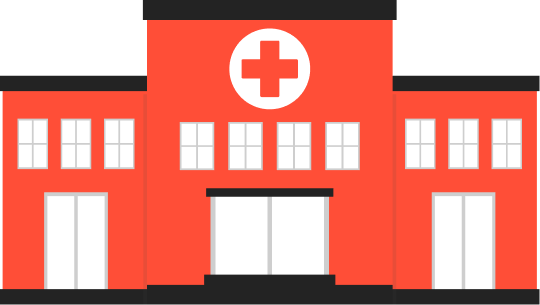
Solutions IntelliSoft developed for Cambio
As a part of the Cambio development team, IntelliSoft software developers participated in the following projects:
Daintel CIS integration into EMR and system customization
CIS has flexible integration architecture with a clear distinction between constant and variable parts, which allows
customization to be easily customized.
We also integrated customized content for every hospital across Sweden as a variable part of the initial database.
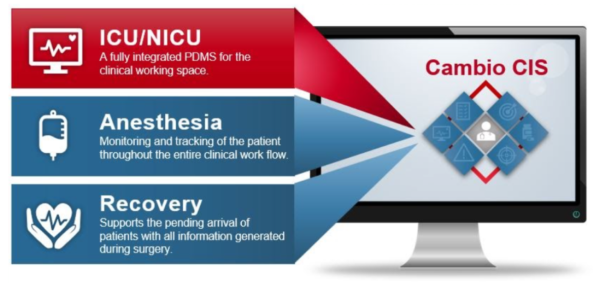
Medical Devices Connectivity
Cambio Device Connectivity (CDC), known as Medical Device Information Collection (MDIC), is the platform that
collects, stores, and disseminates data from medical devices in real-time. For data capture, MDIC connects with the
built-in data interface of medical devices via device-manufacturer-provided software across the hospital network.
These integrations are based on standards-based built-in interfaces with a built-in customization ability, making it
easy to connect MDIC to new systems.

To connect the MDIC platform with medical devices we used Capsule SmartLinx that transforms data from medical
devices, connected to a patient into a unified format that Cambio can read.

Then, we integrated the platform in medical centers in the South Danmark region, Sweden, and Iceland. Also, we teamed up with the Cambio data engineer in Danmark to ensure that platform’s configuration files we personalized for the requirements of each country and region.
COSMIC Intelligence (CI). The COSMIC database includes information about all patients from the entire Scandinavia. We helped the client turn the data into COSMIC Intelligence (CI), a data warehouse for data-driven insights, reports, and predictions.
CI contains the same information as Cambio COSMIC but is structured and optimized so that medical specialists can use it for data output, including statistical analyses, business reports, simple monitoring of production data, and advanced analyses of a population’s health.
COSMIC E-learning module. The Cambio system stores all video tutorials on the website. Once the user needs a more detailed explanation of the CSI functionality, the system downloads the required video and shows it in an external browser.


Cyber Security. We integrated SSO (Single Sign-on): a more secure way for users to log into CIS and ICU systems that enable accessing integrated systems using one password to eliminate the risk of building an additional password or credential store. Thus, only users whose personal credentials are in the database can Log in to the app and access patient data.
We also participated in sensitive data tokenization, which turns patient data into a random string of characters called a token that has no meaningful value if breached.
Team Composition
Project Manager
Software Engineers
Test Manager
QA Engineers
Technical Writers
Business Analyst
Tech stack we used

Firebird

Delphi

Capsultech API
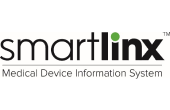
Capsule SmartLinx
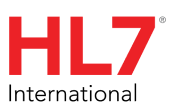
HL7 engine

XML
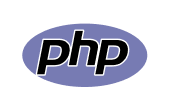
PHP

SQL

JavaScript

Angular 12
Tasks IntelliSoft is carrying out now
The SUSSA partnership
The SUSSA partnership includes nine Swedish regions (Blekinge, Dalarna, Gävleborg, Halland, Norrbotten, Sörmland, Västerbotten, Västernorrland and Örebro).
In June 2019, Cambio representatives signed an agreement with SUSSA on using the COSMIC healthcare information support platform as the leading software for their hospitals by 2025.
Together with the Cambio team, we are integrating the COSMIC platform and Cambio CIS across SUSSA regions to ensure seamless software operation in all medical facilities and healthcare departments.

MDR and MDD Compliance
Since Cambio products fall under the category of ‘medical device’ according to its specific EU legislation, and the company wants to enter other regions across Europe, we are helping the client’s team meet The European Medical Device Regulation (MDR).
MDR is a new set of regulations governing the production and distribution of medical devices in Europe. Compliance with the rules is mandatory for medical device companies that want to sell their products in the European marketplace.
The Medical Devices Directive (MDD) is another regulatory requirement for medical devices sold on the European market. From May 26th, 2021, the NEW MDR 2017/745/EU becomes fully applicable as the only legal framework for medical devices.
We are now working for MDD adoption in the product by changing processes, developing and integrating formal approaches into the development lifecycle, including project documentation.
We are also working on the adoption of standards for healthcare data storage and transfer:
HL7
Health Level 7 (HL7) is a set of standards that outline the international requirements for APIs intended to transfer administrative data between healthcare-related software applications.
FHIR leverages proven technologies with solid security requirements, such as XML, JSON, HTTP, Atom, OAuth, REST.
We are integrating HL7 standards for storing data on servers and accessing it via REST APIs so that different medical departments can access patient information.
openEHR
openEHR is an open standard specification in health informatics that describes the management, storage, retrieval, and exchange of health data in electronic health records. In openEHR, all health data for a person is stored in a “one lifetime,” vendor-independent, person-centered EHR.
We are now adopting the openEHR methodology and making necessary changes to the project’s architecture to be interoperable with openEHR.

SNOMED CT
We also deal with SNOMED CT (Systemized Nomenclature of Medicine – Clinical Terms) integration into the Cambio platform.
SNOMED CT is a standardized, international, multilingual core set of clinical healthcare terminology used in electronic health records (EHRs). SNOMED CT supports the development of comprehensive, high-quality clinical content in electronic health records. It provides a standardized way to represent clinical phrases captured by the clinician and enables automatic interpretation.
IHE XDS
We adopt XDS (cross-enterprise document sharing) registry for querying which patient records are in an EHR repository and methods for retrieving the documents.
The XDS system of registry and repository is termed an integration profile and was created by Integrating the Healthcare Enterprise. XDS uses structured EHR standards such as Continuity of Care Record (CCR) and Clinical Data Architecture (CDA) to facilitate data exchange.
The registry stores metadata about each document in a repository, its source, and location. There may be multiple repositories of documents indexed, but only one registry per clinical domain. XDS provides a Patient Identity Service for cross-referencing patients across various domains.





